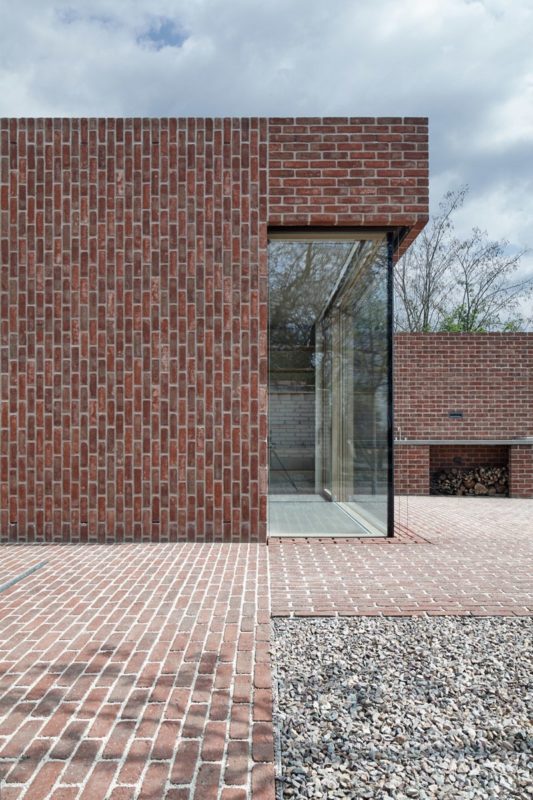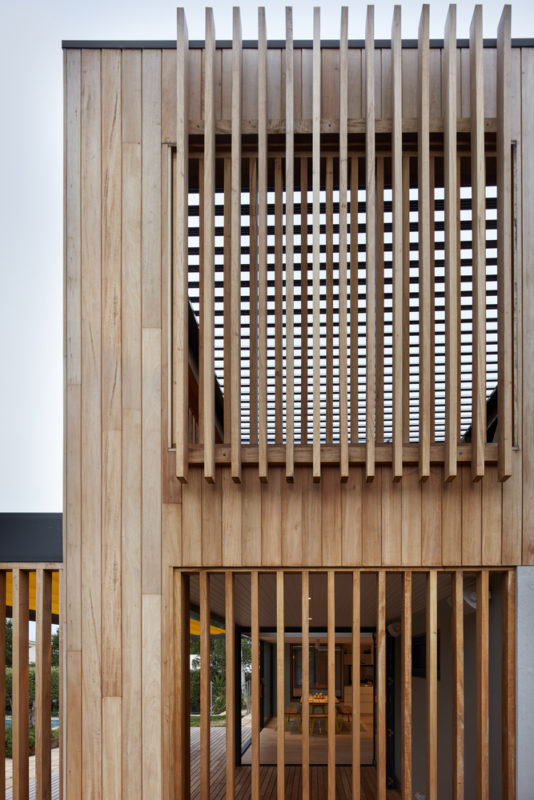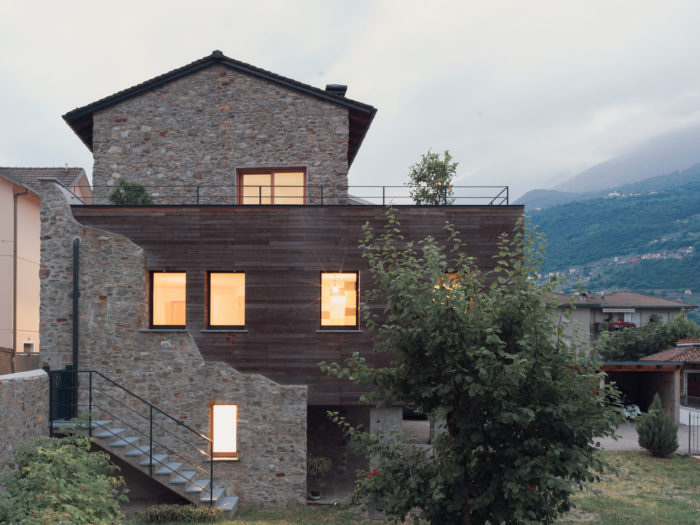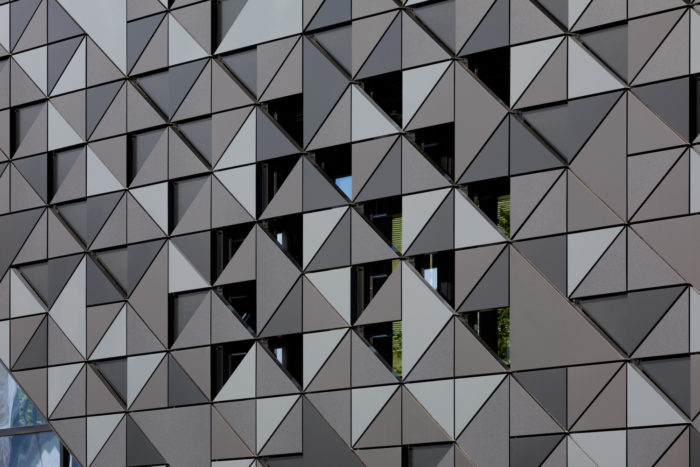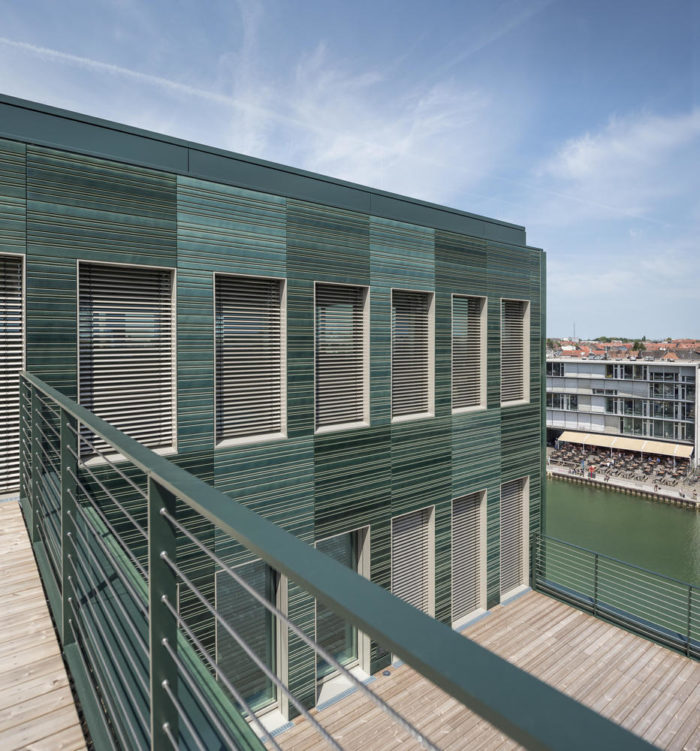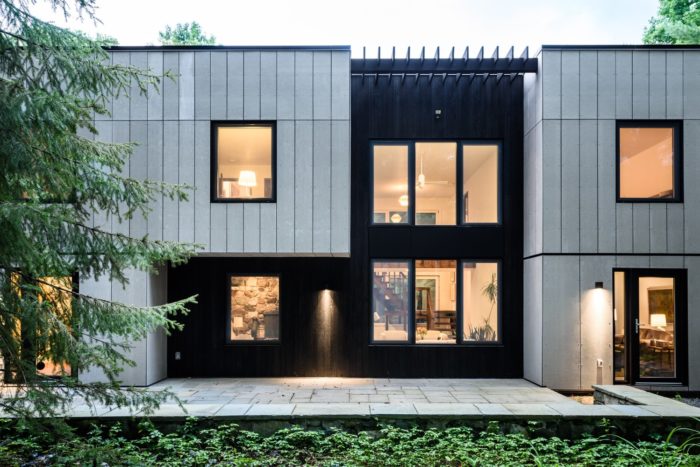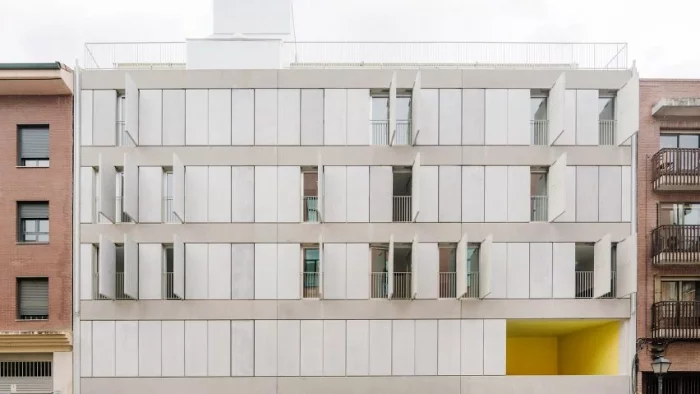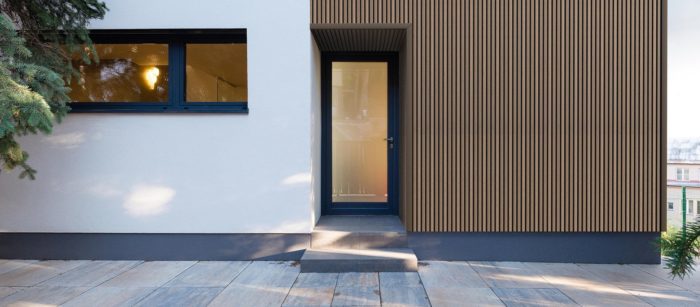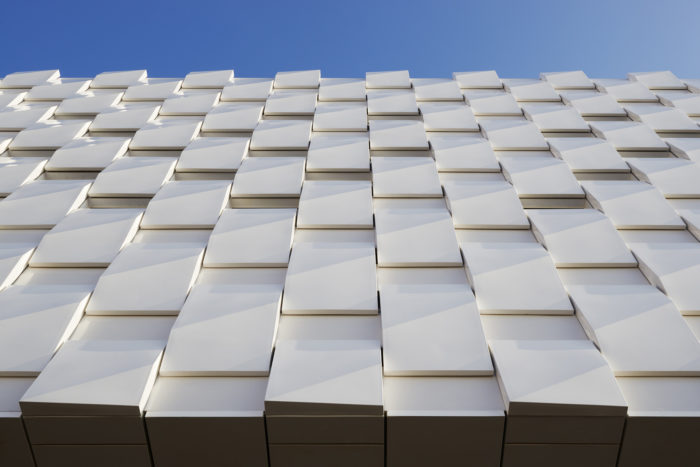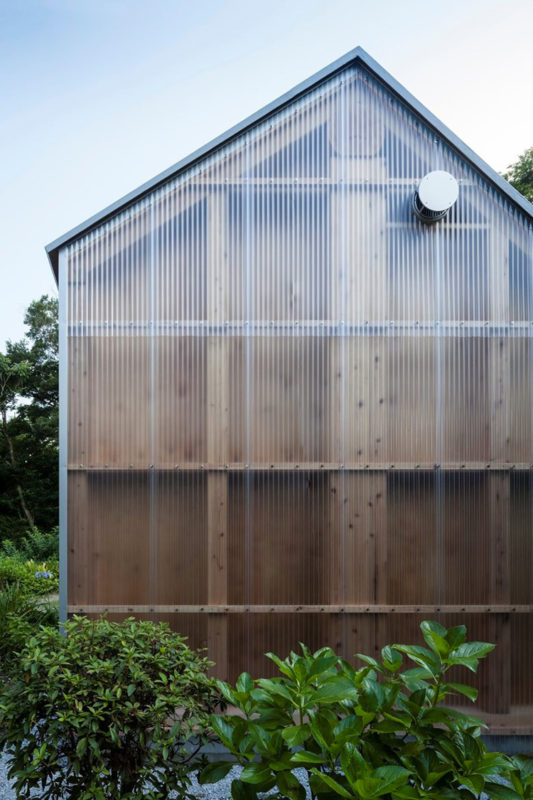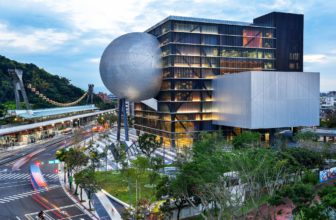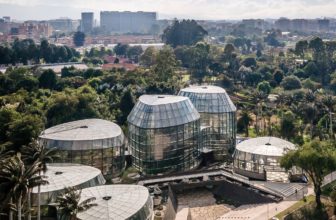Facade claddings are evolving as time passes—their functional features are being upgraded and their aesthetic is getting more contemporary. Needless to say, facade design is one of the things you need to master as an architect, and you can not do this without learning about facade cladding materials and the criteria to choose from them.
How to Choose the Best Facade Cladding?
Before deciding which facade material cladding to go with, you have to understand the criteria that work for your requirements. On the larger scope of things, facade cladding should offer the following.
-
Protection
Facade cladding should adequately protect buildings from extreme weather and environmental conditions, including storms, rain, heat, moisture, and corrosion. Different materials offer different protection levels—exterior cladding materials are versatile, hence every location has its perfect fit.
-
Economic
Before choosing your building’s cladding material, you should know if it fits within your financial plan and offers you a value to its price. Your first two priorities should be high-quality protection and aesthetics, if there is still a budget for more features to fit the preferences you can upscale and add more!
-
Safe and Healthy
Buildings affect our health more than we know—toxins, heavy metals, and other chemicals in construction materials can cause dangerous health issues that range from headaches to asthma. When choosing a facade cladding material, do some research on the components and their effect on our health and safety.
-
Aesthetics
After all, architecture actually has to look good. When choosing a material for facade cladding, go with something that complements the overall aesthetics of your building, its context, and the overall sense you want the building to give. Wood cladding gives a warm vibe, while metal cladding achieves a more futuristic and contemporary aesthetic.
-
Availability
Before deciding on a specific exterior cladding material and setting high hopes, you have to check its availability. The availability criterion plays an important role in the decision-making process even in the long term—an important question you have to ask is whether you will be able to replace this cladding material when needed or not.
-
Sustainability
Sustainability has become something we need to manufacture all our products according to, including -and especially- buildings, as they contribute to 40 percent of the world’s carbon emissions. Choosing a sustainable cladding material is not only good for the environment but also for your electricity bill!
-
Maintenance
Facade cladding maintenance is something you should think ahead; will this task be affordable and uncomplicated? The ideal facade cladding will be perfectly durable and require little to no maintenance, but this surely comes with a higher cost. So, you have to weigh all the criteria and choose what works best.
-
Insulation
One of the most important functions of facade cladding is insulation. Whether it be from extreme temperatures, noise, or unwanted natural light. Various materials offer various insulation properties according to their density, thermal mass, opacity, and other factors.
-
Durability
The durability of a material describes its resistance against time and potential damage. Durable facade claddings are economic—they will perfectly protect the structure and won’t require frequent maintenance or replacement. Places with extreme weather conditions require extremely durable facade cladding as well.
10 Best Facade Cladding Materials
-
Brick Facade Cladding
This is the most traditional facade cladding of them all. More than its signature vintage look, it functions perfectly in terms of all the previously mentioned criteria. Brick facade cladding is extremely durable—it offers protection against fire and severe weather conditions, requires little maintenance, is non-toxic, and provides perfect sound insulation. Moreover, brick cladding is sustainable as it can be recycled.
-
Timber Facade Cladding
This lightweight yet strong material makes a perfect construction material, hence a unique facade cladding. Timber offers protection, complements aesthetics, is easily altered and maintained, and can be made even better through some treatment technologies, including upgrading its fire performance. In terms of looks, timber accepts additions and modifications which offers design flexibility. Moreover, timber achieves the carbon zero sustainable goal.
-
Natural Stone Cladding
Natural stone for facade cladding is a traditional, vintage choice as well. This choice gives designers the opportunity to make a building look retro without having to endure the structural requirements and cost of an actual stone building. Natural stone cladding is installed easily, needs little and affordable maintenance, and reduces waste. Moreover, it gives a classy 3D appearance!
-
Aluminum Facade Cladding
Metal cladding comes in a range of options, such as zinc, aluminum, copper, and steel, which each have their own individual look and character. One of the best is aluminum—it is a lightweight yet strong material for facade cladding. It is among the most waterproof of cladding materials and it is moisture resistant, which makes it a good choice for coastal homes. Aluminum cladding requires little maintenance and can be repainted easily if required.
-
Ceramic Facade Cladding
Ceramic has been proving itself as a unique cladding material since ancient Egyptian times! It is a truly sustainable material as it is made of natural clay, meaning it is free of heavy metals and toxic chemicals. Moreover, ceramic facade cladding offers perfect thermal and fire protection and insulated the building from external noises. Moreover, as a porous material, it ensures rear ventilation which creates a healthy indoor environment.
-
Prefinished Fiber Cement Cladding
Fiber cement cladding panels are a cost-effective facade solution for commercial, residential and industrial buildings. These pre-finished fiber cement cladding sheets can be used for many applications and are particularly useful for sound-proofing, already being used for airports and tunnel linings around the world. It comes in a wide range of choices for colors, shapes, and dimensions.
-
Concrete Facade Cladding
Precast concrete cladding is formed through manufacturing precast concrete panels. These panels can be used in a wide range of applications. Besides its structural benefits, concrete cladding can be a great way to incorporate sculptured shapes and textures into exterior cladding systems. More importantly, concrete cladding offers ultimate durability and reliability, and, at the same time, is incredibly cheap.
-
Composite Facade Cladding
Composite facade cladding has two main types; aluminum-polyethylene composite panels and wood-plastic composite materials. Aluminum composite cladding panels feature a composite core between two thin layers of aluminum. This composite cladding option offers a cheap alternative, however, because of some recent incidents it was marked unsafe in terms of fire resistance.
Composite wood or wood-plastic composite cladding is generally made of wood fiber or wood flour and thermoplastics such as polyethylene, polypropylene, or polyvinyl chloride. Many wood composite cladding products offer a fire retardant thermoplastic core, which can be up to 70% non-combustible material.
-
3D Facade Cladding
3D facade cladding is becoming popular in modern architecture. It makes the facade look multi-faceted and three-dimensional. This type of cladding gives a unique aesthetic and can be applied to several materials—on top of the list are concrete because of its formability, and timber due to its bendability.
-
Plastic Facade Cladding
Like metal cladding, plastic cladding panels can be a great supplement to the overall building facade. Plastic cladding is usually cheap, lightweight, and easy to install, and can give building elements an instant facelift or color splash.


